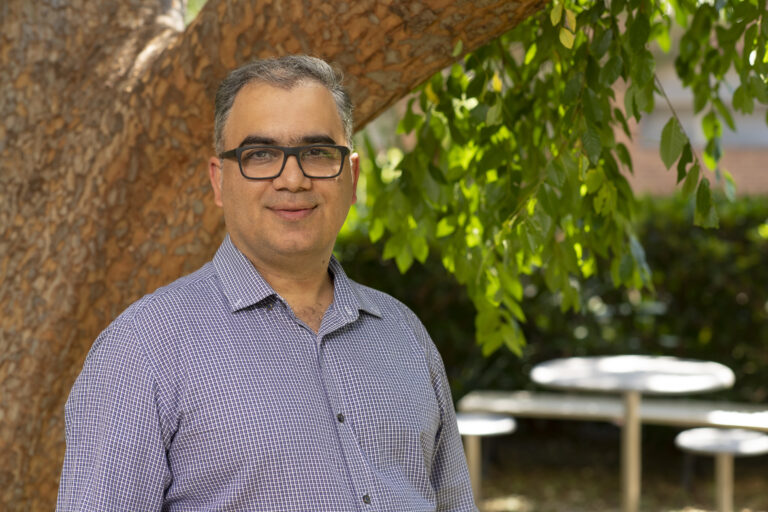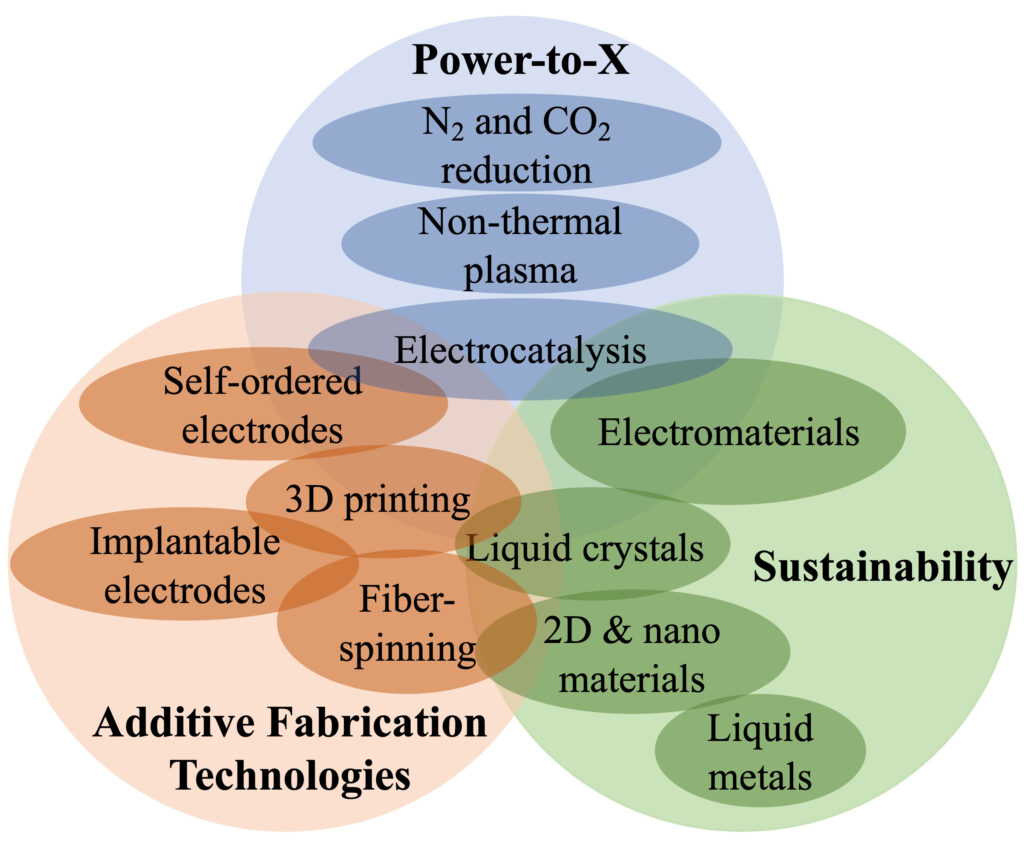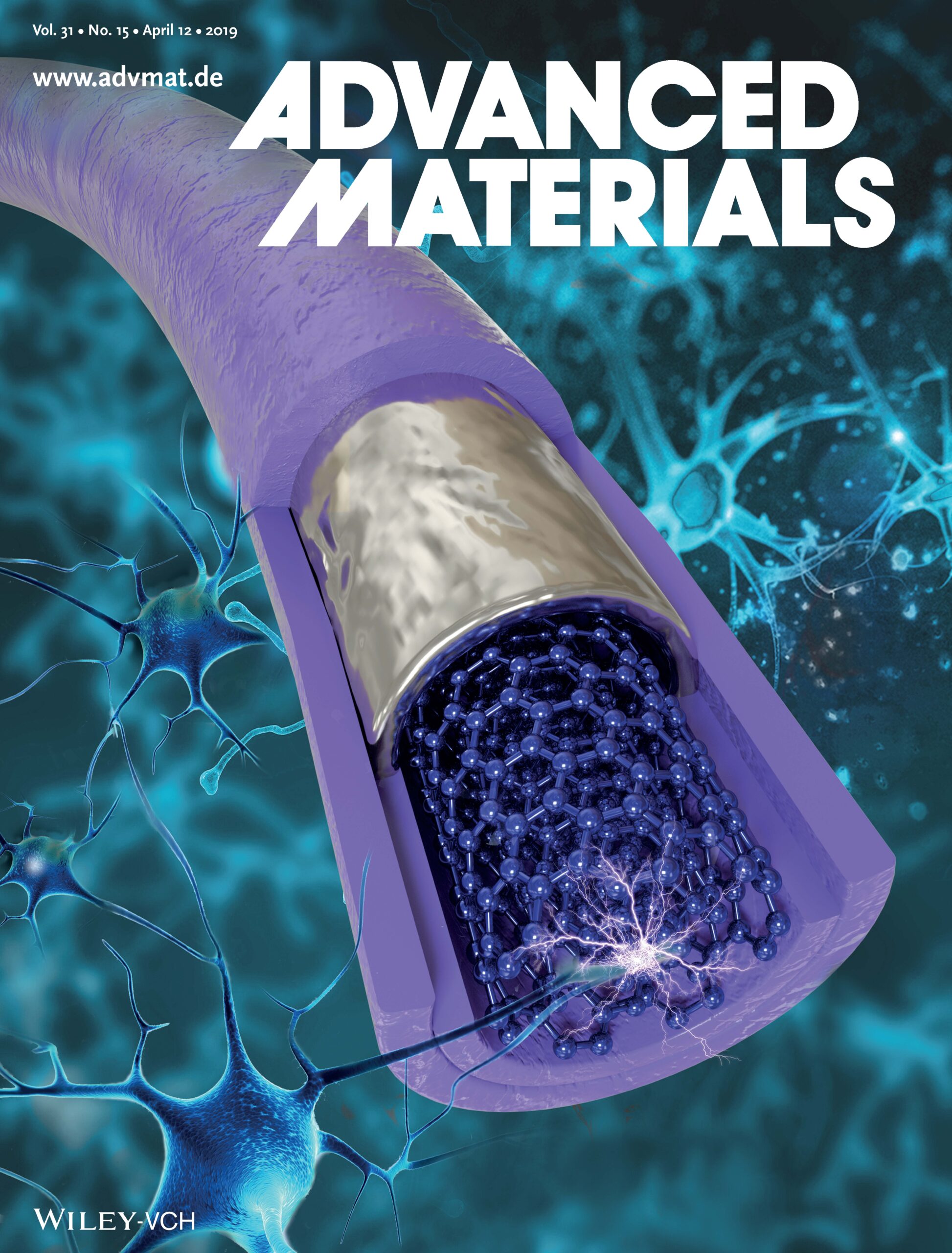Ali Jalili
Australian Research Council Future Fellow
Senior R&D Engineer at PlasmaLeap Technologies
PhD in Chemistry
Research Scientist
University Academic
- Publications
- AliJalili@gmail.com
- +61 423310450

Applying Non-Thermal Plasma and Renewable Energies Knowledge for Sustainable Ammonia Production, Power-to-X Technologies, and Hydrogen Transport Economy.
As an ARC Future Fellow and a Senior Research and Development Engineer at PlasmaLeap Technologies, I am driven by a passion for finding sustainable solutions to the world’s energy and sustainability challenges. I specialise in cutting-edge research at the intersection of non-thermal plasma, materials science, renewable energies, Hydrogen transport economy, and nanotechnology for net-zero targets energy storage and green ammonia synthesisFor a more sustainable future, Dr Jalili is dedicated to creating power-to-X technologies, net-zero emission initiatives, and sustainable energy solutions.
What I do

As a researcher with a focus on sustainable energy, I specialize in exploring the potential of ammonia as a hydrogen carrier in the hydrogen transport economy. My research method involves the synthesis of ammonia using non-thermal plasma coupled with electrocatalysis, which only uses water, air, and renewable electricity. Additionally, I have expertise in 3D printing and additive manufacturing, particularly for electrode fabrication in power-to-X projects. This allows for the design of 3D structures from electro-materials that can be integrated with catalysts, further advancing the development of green energy solutions. My work aims to contribute to a more sustainable future by unlocking the power of renewables for fertilizer and energy production.
As a dedicated researcher and PhD student with experience in ammonia synthesis, non-thermal plasma technology, electrocatalysis, and 3D printing for power-to-X projects, I am driven by a passion for developing sustainable solutions in the field of energy and agriculture. With a highly collaborative working style and excellent communication skills, I have the ability to build effective teams and manage stakeholders to bring cutting-edge ideas to life. My expertise in these areas, combined with my extensive academic network, including research at top-ranking universities such as Monash, RMIT, UNSW and Wollongong, has allowed me to explore the potential of ammonia as a hydrogen carrier in the hydrogen economy, and my innovative approach to 3D printing for electrode fabrication has led to new possibilities for sustainable power-to-X solutions.
My Experience
2023 onward
PlasmaLeap Technologies
Senior R&D Engineer
As a chemical engineer working in the field of sustainable energy and power to X technologies, I am responsible for a wide range of tasks and possess a diverse set of skills. In my current position, I oversee a lab at PlasmaLeap and lead a team of engineers to develop innovative solutions for the construction of the first pilot plant for the onsite production of green ammonia and fertilisers using non-thermal plasma and renewable energy. My contribution to this project was a new reactor design that increased the energy efficiency and production rate of plasma bubble reactors by 10 and 130 times, respectively. As a research and development engineer, I delivered a new design that made it possible to scale the plasma reactor that will soon be used on Australian farms. I am committed to training and mentoring the next generation of engineers in the fields of advancing the use of renewable energy sources and discovering sustainable solutions for agriculture.
2019-2022
Chemical Engineering, UNSW
ARC Discovery Early Career Researcher Award Fellowship
The recognition of my work in the fields of green ammonia, fertilizers and hydrogen through the prestigious ARC DECRA grant has been a significant milestone in my career. This grant has provided me with the resources and support I need to further advance my research and contribute to the growth of the agriculture industry and hydrogen economy. Under the mentorship of Professor Rose Amal, leader of Particles and Catalysis Research Laboratory (ParCat), and close collaboration with Professor P.J Cullen at The University of Sydney and former CEO of Plasma Leap Technology PlasmaLeap Technologies, I have been able to build a state-of-the-art laboratory for ammonia synthesis and characterization. This laboratory serves as a platform for me to lead a team of skilled researchers and engineers, as well as provide training to PhD and undergraduate students. I take great pride in my role as project manager of the ARC DECRA project, working closely with stakeholders and partners to ensure that our goals are met efficiently and effectively. I have been instrumental in developing new capacity in the area of non-thermal plasma, exploring innovative hybrid technologies that couple plasma and electrolysis. This involves extensive research on chemical reaction modelling and plasma catalysis, as well as writing papers for publication in high-impact journals. I am also deeply committed to fostering strong industry partnerships and translating my research into real-world applications. To this end, I have been working closely with leading organizations and companies to develop and implement practical solutions to the challenges facing the agriculture industry. In addition, I believe that it is important to share my research findings and the importance of fertilizers, zero carbon fuel and hydrogen carrier with the wider community. To that end, I have been actively engaged in public engagement activities such as presentations, workshops, and other forms of outreach. Overall, my journey with green ammonia has been both rewarding and challenging, and I am grateful for the support and recognition that I have received along the way.
2018-2019
Chemistry, Monash University
Visiting Research Fellow
As a visiting fellow at Monash University, I had the opportunity to expand my knowledge in the field of nitrogen reduction to ammonia and develop analytical testing methodologies for catalyst design. During my time there, I collaborated with world-renowned and pioneering researcher, Professor Douglas R. MacFarlane, to advance the state-of-the-art in the field. With his guidance and expertise, I was able to gain valuable insights into cutting-edge techniques and strategies for producing ammonia sustainably, using renewable energy sources. This experience was instrumental in shaping my research interests and career trajectory, and I am grateful for the opportunities and support I received during my time at Monash.
2017-2019
Physics, RMIT University
Vice-Chancellor's Research Fellow
As a Vice-Chancellor's Research Fellow, I was involved in the biomimetic fabrication process, utilizing techniques such as self-assembly, 3D printing, colloidal science, SAXS at synchrotron, graphene liquid crystal, and worked closely with Professors Calum J. Drummond and Kourosh Kalantar-Zadeh. My expertise in nanomaterial synthesis and experience with ionic liquids and liquid metals, as well as my training in various high-precision analytical methods, including XPS, XRD, SEM, and TEM, allowed me to effectively carry out my research. I also expanded my collaborative network and engage with industry partners, further enhancing my skills and knowledge in the field.
2013-2017
ARC Centre of Excellence for Electromaterial Science, University of Wollongong
Research Fellow
After completing my PhD in 2013, I joined the Australian Institute for Innovative Materials and the ARC Centre of Excellence for Electromaterial Science at the University of Wollongong, where I focused on the synthesis, characterization, and fabrication of materials such as conducting polymers, carbon nanotubes, and graphene. Throughout my career, I have had the privilege of working with some of the most renowned researchers in the field of organic conductors and energy storage and conversion devices. I was mentored by the esteemed Professor Gordon Wallace, who provided invaluable guidance and support in my professional development. I also had the opportunity to collaborate with prominent researchers such as Professor David Officer and Professor Peter Innis, which allowed me to expand my knowledge and skills. Additionally, I have built a strong network of collaborations with other leading researchers, including Professor Philippe Poulin for liquid crystals and Professor Mario Romero-Ortega at the University of Houston for implantable micro-electrodes based on graphene fibers. One of my major accomplishments was my discovery of the key role of graphene oxide liquid crystals in the fabrication of multifunctional graphene-based architecture using industrially scalable techniques. I also developed a solvophobic soft self-assembly method for graphene oxide sheets, providing a platform for the creation of custom-made self-assembled and self-oriented graphene composites. I committed to finding sustainable solutions in this field and am recognized as a leader in the use of liquid crystals to improve the processability and performance of graphene-based materials.





